As each of us becomes more aware of our diets we will bump up against ingredients that challenge our ethics. Cacao is one of those ingredients. I sit squarely on the fence about cacao and do not consume it often although I love a good debate.
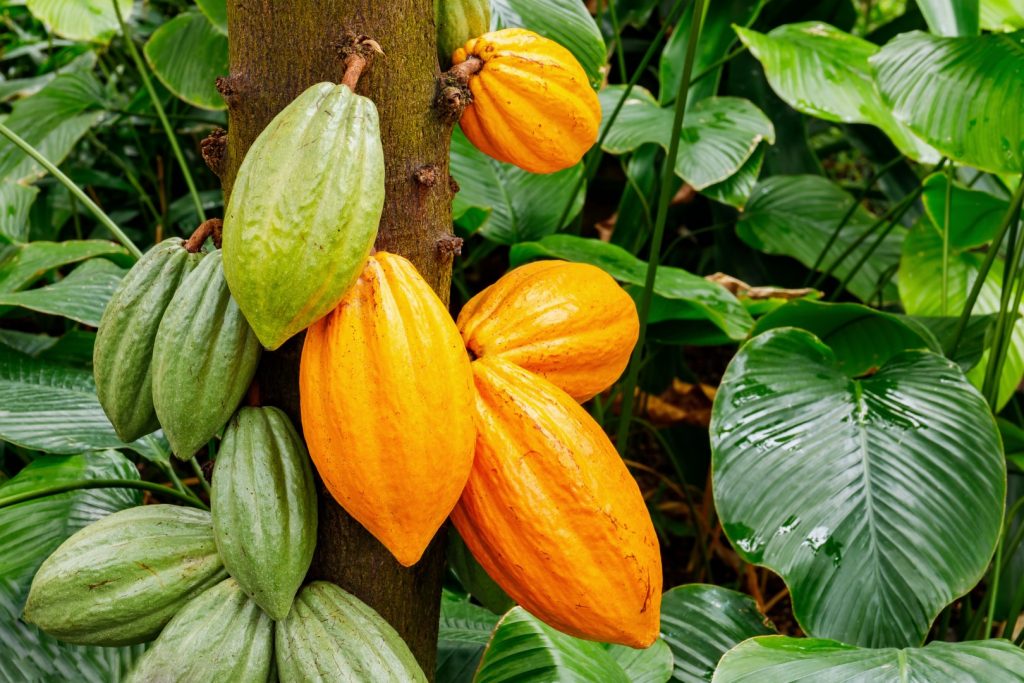
There are few ingredients in our culinary canon that have been so glorified and vilified as cacao. Food enthusiasts take many positions on this bean as it has its virtues and its downfalls. The truth is that chocolate consumption is a complex matter and there is no short answer to the question “is chocolate good for me?”
We are primed to expect yes or no answers and quick explanations focusing on one constituent of a plant, drawing conclusions that state “this ingredient is bad” or “this ingredient is good” based on some of the elements that it contains examined in isolation. We focus on parts of foods rather than their wholes. This type of thinking is particularly attractive for chocolate, coffee, wheat, beer, wine, sugar and dairy foods. What is it about these foods that causes defensiveness, oversimplification, justification, food addictions and polarity? I encourage you to choose for yourself but with as much information as you are prepared to gather. Some things to consider when making an educated choice about cacao are the shameful human rights issues built into the chocolate industry, stimulants and their effects on you personally, the mineral availability in different types of chocolate, the health effects of other ingredients often mixed with chocolate, your own goals and priorities and the differences in quality between cacao varieties. If you choose to include cacao in your diet there are many options and we can each make the best choice for ourselves and for others on this planet.
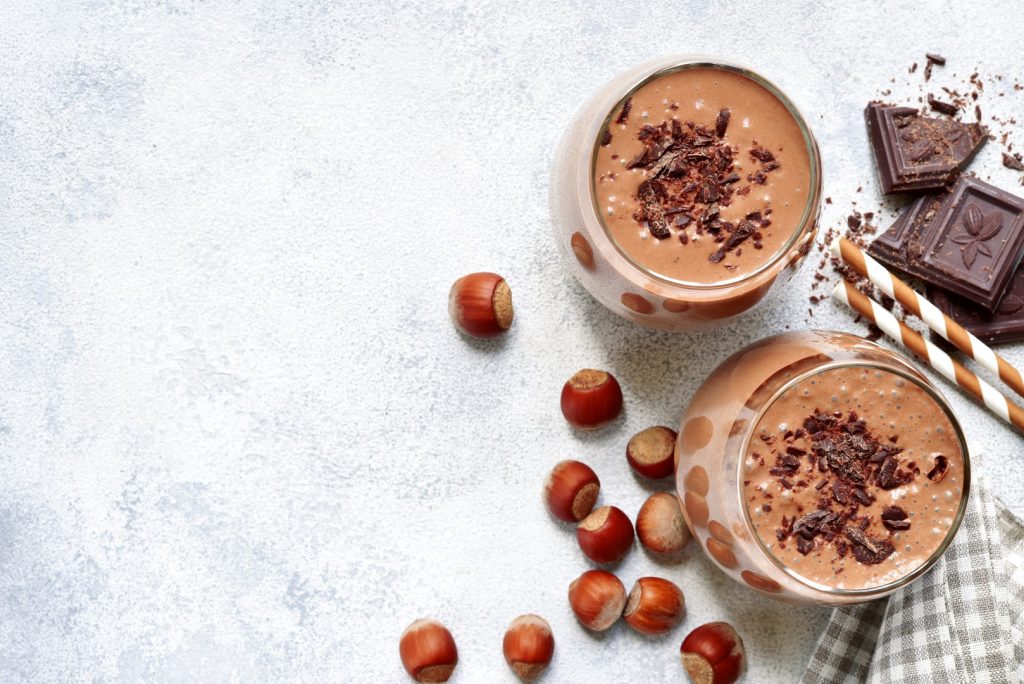
There are some serious human rights issues connected to the chocolate market and the discussion about chocolate is more and more frequently spotlighting these issues. Close your eyes if you don’t want to know, I’m not sugar coating anything here, even for dessert. Most of the chocolate on the market comes from West Africa, some 70% . Child labour and in some cases slavery is widespread on these West African cacao farms. Kidnapping and trafficking have been documented and children as young as seven have been seen to be working in these conditions. I cannot pretend to know the conditions in which this chocolate is produced but when keeping slaves or workers it is pretty bad business to feed them gourmet food and give them any time off.
Here we are arguing over the health benefits of chocolate while the kids holding the machetes eat corn paste every night. Hershey’s, Mars and Nestle all source their chocolate from West Africa. Journalists have been inconvenienced, threatened or disappeared as a result of their efforts to uncover the dark side of the bean. The more research I do into this subject the more convinced I am that world prices for chocolate are not nearly high enough and yet the demand for cheap cocoa remains at an all-time high. Chocolate produced in South America has a history of better conditions and it is possible to purchase from companies that know their sources very well. Look for fair trade cacao products or buy from a company that can tell you exactly where their chocolate is from.
Cacao contains many chemicals that can stimulate and contribute to a  good feeling in the consumer, most notably theobromine, anandamide, PEA and caffeine. Many people dismiss chocolate as a “bad” food based on the theobromine and caffeine because they are altering substances, drugs if you will. Chocolate is psychoactive. You probably know your body well enough to have a feeling for how caffeine effects you. Caffeine has a significant effect on our hormones, blood sugar and digestion and can be an impediment to healing for many of us. Caffeine has been shown to impede absorption of nutrients. The amount of caffeine in cacao can be very low and there is some debate as to whether the caffeine in these products effects the body in the same way as that from other sources. Those that claim caffeine to be harmless seem to be selling cacao or quoting people selling cacao so I’m a bit suspicious.
good feeling in the consumer, most notably theobromine, anandamide, PEA and caffeine. Many people dismiss chocolate as a “bad” food based on the theobromine and caffeine because they are altering substances, drugs if you will. Chocolate is psychoactive. You probably know your body well enough to have a feeling for how caffeine effects you. Caffeine has a significant effect on our hormones, blood sugar and digestion and can be an impediment to healing for many of us. Caffeine has been shown to impede absorption of nutrients. The amount of caffeine in cacao can be very low and there is some debate as to whether the caffeine in these products effects the body in the same way as that from other sources. Those that claim caffeine to be harmless seem to be selling cacao or quoting people selling cacao so I’m a bit suspicious.
Love it when I google full sentences and find them copy-pasted on dozens of blogs…
You alone can know how caffeine affects you, for some of us it is not so bad and for some of us it is the worst thing in our diet. We each get a choice.
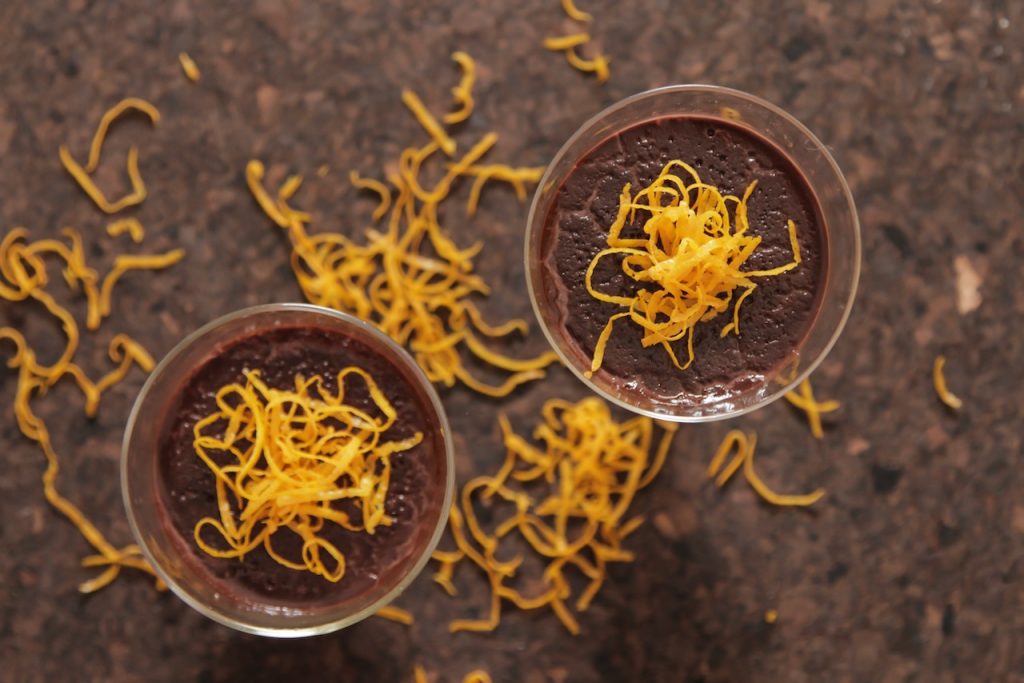
Caffeine can be particularly harmful in the case of a person with inhibited phase one liver detox, which allows most of us to clear this chemical from our systems. These people will be effected for longer (or much longer) than the rest of us by the caffeine in cacao depending on how and to what degree this function is impaired. Caffeine can be particularly attractive to those of us with t1 helper cell dominance in our immune systems as caffeine stimulates the production of t2 cells. It can be beneficial for someone who is effectively self-medicating with caffeine in this way to seek out herbs or other therapies that can bring these cells into balance without having to resort to caffeine from any source.
Theobromine is one of the feel-good chemicals in chocolate and another stimulant. This is also the dog-dangerous chemical in chocolate. It is chemically quite similar to caffeine only having a less pronounced effect. It takes the human body 6-10 hours to clear half of the theobromine ingested whereas it takes dogs much longer. Theobromine is also a blood vessel dilator and a muscle relaxant. Theobromine levels in the cacao bean can vary greatly, from 300 mg to 1200 mg per ounce (28g) of beans. This is a huge difference, often dependent on the type of cacao bean being cultivated and measured. Theobromine is also sold as a powder and supplement. It is essential to keep these supplements away from dogs.
 Cacao of all varieties also contains anandamide, the bliss chemical, which locks into our cannabinoid receptors. This chemical is difficult for us to break down because of the enzyme inhibitors also present in raw cacao. Cacao also contains the neurotransmitters serotonin and phenylethylamine (PEA). Phenylethylamine is the neurotransmitter that we produce when we fall in love. This is only present in raw cacao as it is heat sensitive.
Cacao of all varieties also contains anandamide, the bliss chemical, which locks into our cannabinoid receptors. This chemical is difficult for us to break down because of the enzyme inhibitors also present in raw cacao. Cacao also contains the neurotransmitters serotonin and phenylethylamine (PEA). Phenylethylamine is the neurotransmitter that we produce when we fall in love. This is only present in raw cacao as it is heat sensitive.
90% of the cacao beans consumed today are of the Forastero variety. Other notable varieties of cacao are the Criollo and Trinitario (a hybrid of the other two) varieties, each with their own distinct flavours and attributes. Criollo beans used to be the primary beans cultivated worldwide but because they have less pest tolerance than the Forastero variety they have fallen from this position. Criollo beans have less theobromine than the Forastero and so can have a much less stimulating effect. This might help you in choosing beans. One particularly popular variety of the Criollo bean is the Aribba Nacional variety, popular among raw cacao enthusiasts as the most mineral rich and unadulterated variety, grown supposedly in healthy soil and harvested in small batches. This type of cacao, usually preferred raw, is advertised as having many health benefits as well as being very high in magnesium and anti-oxidants.

Cacao also contains important micronutrients including manganese, zinc, copper and chromium and iron. Cacao contains a very high amount of Phytic acid which is bound to minerals, in this case magnesium and iron. Cacao is required to be fermented in order to be consumed by humans. The longer the fermentation process the more bio-available the magnesium and iron will be for assimilation when we eat them due to the decrease in Phytic acid from the fermentation process. Unfortunately this process can also increase the level of mycotoxins produced by yeasts on the beans at time of harvest. Care in fermentation, length of fermentation time and storage of beans after fermentation are important factors to consider when choosing chocolate for nutrients and mycotoxins. Roasting can decrease the Phytic acids in foods (nuts/seeds/grains) and is another way of preparing chocolate post-fermentation. There is not enough research at this time to really make an educated decision about the best way to consume cacao for safety and the availability of the nutrients outside of batch testing. Many sources test their products for mycotoxins regularly. If you have a safe source please share in the comments below to benefit each of us.
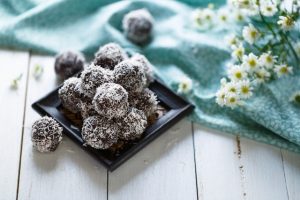 Finally cocoa powder is often mixed with milk and sugar for consumption in bars, drinks and desserts. While it is possible to make a bar without these ingredients it is rarely done. I am going to make a flying assumption that you are no fan of white sugar. There are even more added ingredients in the more common chocolate bars available. In the race to the bottom of the marketplace in order to have the cheapest price manufacturers will have to use the cheapest ingredients possible and cut costs wherever they can. It is the ingredients alongside the chocolate that are usually the most damaging. Here are a few ingredients from a randomly selected gas station chocolate bar:
Finally cocoa powder is often mixed with milk and sugar for consumption in bars, drinks and desserts. While it is possible to make a bar without these ingredients it is rarely done. I am going to make a flying assumption that you are no fan of white sugar. There are even more added ingredients in the more common chocolate bars available. In the race to the bottom of the marketplace in order to have the cheapest price manufacturers will have to use the cheapest ingredients possible and cut costs wherever they can. It is the ingredients alongside the chocolate that are usually the most damaging. Here are a few ingredients from a randomly selected gas station chocolate bar:
Corn Syrup, Milk Chocolate (sugar, cocoa butter, chocolate, milk, lactose, milk fat, nonfat milk, soya lecithin), Coconut, Sugar, Almonds, Partially Hydrogenated Soybean and Cottonseed Oils, Whey, Salt, Cocoa, Vanilla, Chocolate, Egg Whites, Soya Lecithin and Sodium Metabisulfite
Hmmmmmmm…..
Cacao has been shown in several studies to have beneficial properties. The proteins of cacao have been shown to have anti-lymphoma effects . Other research has focused on chocolate for blood sugar balancing and Metabolic Syndrome and type two diabetes as well as other anti-cancer properties. I hope there was no white sugar or dairy in those bars. Clearly there is no good nor bad food innately so we must set our goals and choose our path accordingly based on our priorities and where our bar sits.
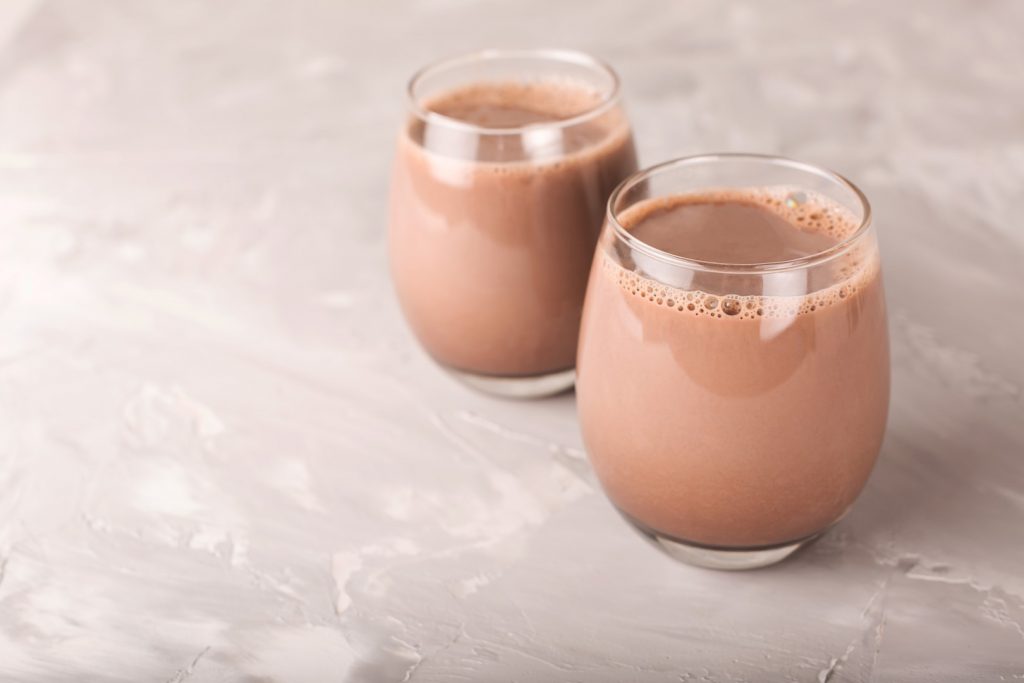
After all of this reading I am even more solidly on the fence about cacao than I ever was (and I pretty much live on the fence). The only thing that I can tell you for sure is that I don’t personally want to contribute to unhealthy working environments and child labour through candy bar consumption. Perhaps someone more inclined could create some kind of mathematical formula to determine the net goodness or badness of chocolate in general and the chocolate varieties and post it in the comments below? (Cheeky but serious).
There is more still unknown than is known about our bodies, nutrition, phytonutrients and biochemistry and much more research is needed before we can collectively take a guess about chocolate. Even so I encourage you to make a conscious choice, whatever it is, and consume what you will with mindfulness while continuing to learn and push the boundaries of acceptable opinions. Just because everyone’s doing it doesn’t mean it’s a good idea and conversely just because it’s bad for you doesn’t mean it’s not good for you!!?!
Chocolate is most likely not something that you consume every day. Go easy on thyself, there will always be something at the low end and the high end of our food spectra and the joy of being human is you get to define your own boundaries. Have patience with each other and take heart. Asking the hard questions is what drives us forward and keeps our choices meaningful.
Read more
 So what are we putting in our rooibos latte? Rooibos tea for starters, our own nut or seed milk, flavour ideas and sweeteners if desired. Let’s take a look at these ingredients.
So what are we putting in our rooibos latte? Rooibos tea for starters, our own nut or seed milk, flavour ideas and sweeteners if desired. Let’s take a look at these ingredients.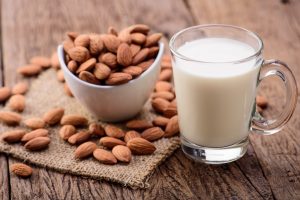 other thickeners/stablisers and provide you with flavour profile options that you would not find in a tetra pack. Making your own nut milk will also provide options for you in crafting your own fat balance. Some nuts like hazelnuts and macadamias will provide more monounsaturated fatty acids which can be great for encouraging weight loss among other things when eaten in moderation. Hazelnuts also have a real classic taste and go so well with so many iconic foods like chocolate or cranberry. Hazelnuts and Macadamias have a taste and feel that I can only describe best as dry. Maybe you want to balance out this dryness with some other nut flavours AND you want to tweak the omega 3 profile. Sooo why not use some chia in there and maybe a bit of coconut to help with the uptake of the omega 3 conversion to EPA/DHA (more about this next week :)). Adding sunflower lecithin will provide choline which is just hard to get anywhere else and is so great for brain health and the sunflower lecithin will emulsify the nut milk a little bit and help if it is going to be part of a warming beverage.
other thickeners/stablisers and provide you with flavour profile options that you would not find in a tetra pack. Making your own nut milk will also provide options for you in crafting your own fat balance. Some nuts like hazelnuts and macadamias will provide more monounsaturated fatty acids which can be great for encouraging weight loss among other things when eaten in moderation. Hazelnuts also have a real classic taste and go so well with so many iconic foods like chocolate or cranberry. Hazelnuts and Macadamias have a taste and feel that I can only describe best as dry. Maybe you want to balance out this dryness with some other nut flavours AND you want to tweak the omega 3 profile. Sooo why not use some chia in there and maybe a bit of coconut to help with the uptake of the omega 3 conversion to EPA/DHA (more about this next week :)). Adding sunflower lecithin will provide choline which is just hard to get anywhere else and is so great for brain health and the sunflower lecithin will emulsify the nut milk a little bit and help if it is going to be part of a warming beverage.

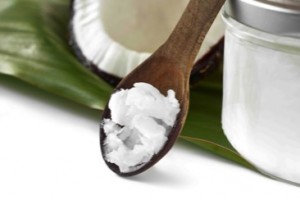

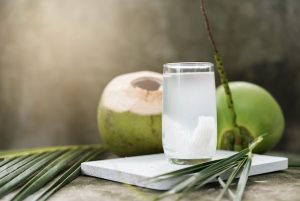 case for you no you do not need eggs and bacon. You can raise your levels with some coconut oil supplementation. Low cholesterol levels can have unpleasant effects on the body as cholesterol is required for the formation of hormones and vitamin D. It is the grand-daddy of our hormone and hormone-like compounds and we do need it. In times of stress we can become depleted and I’m pretty sure you are here with me because you would rather take a spoon full of coconut oil than start a fast food habit. Cholesterol can be lowered by some autoimmune conditions and it is important to have enough for brain and hormone health.
case for you no you do not need eggs and bacon. You can raise your levels with some coconut oil supplementation. Low cholesterol levels can have unpleasant effects on the body as cholesterol is required for the formation of hormones and vitamin D. It is the grand-daddy of our hormone and hormone-like compounds and we do need it. In times of stress we can become depleted and I’m pretty sure you are here with me because you would rather take a spoon full of coconut oil than start a fast food habit. Cholesterol can be lowered by some autoimmune conditions and it is important to have enough for brain and hormone health.

 good feeling in the consumer, most notably theobromine, anandamide, PEA and caffeine. Many people dismiss chocolate as a “bad” food based on the theobromine and caffeine because they are altering substances, drugs if you will. Chocolate is psychoactive. You probably know your body well enough to have a feeling for how caffeine effects you. Caffeine has a significant effect on our hormones, blood sugar and digestion and can be an impediment to healing for many of us. Caffeine has been shown to impede absorption of nutrients. The amount of caffeine in cacao can be very low and there is some debate as to whether the caffeine in these products effects the body in the same way as that from other sources. Those that claim caffeine to be harmless seem to be selling cacao or quoting people selling cacao so I’m a bit suspicious.
good feeling in the consumer, most notably theobromine, anandamide, PEA and caffeine. Many people dismiss chocolate as a “bad” food based on the theobromine and caffeine because they are altering substances, drugs if you will. Chocolate is psychoactive. You probably know your body well enough to have a feeling for how caffeine effects you. Caffeine has a significant effect on our hormones, blood sugar and digestion and can be an impediment to healing for many of us. Caffeine has been shown to impede absorption of nutrients. The amount of caffeine in cacao can be very low and there is some debate as to whether the caffeine in these products effects the body in the same way as that from other sources. Those that claim caffeine to be harmless seem to be selling cacao or quoting people selling cacao so I’m a bit suspicious.
 Cacao of all varieties also contains anandamide, the bliss chemical, which locks into our cannabinoid receptors. This chemical is difficult for us to break down because of the enzyme inhibitors also present in raw cacao. Cacao also contains the neurotransmitters serotonin and phenylethylamine (PEA). Phenylethylamine is the neurotransmitter that we produce when we fall in love. This is only present in raw cacao as it is heat sensitive.
Cacao of all varieties also contains anandamide, the bliss chemical, which locks into our cannabinoid receptors. This chemical is difficult for us to break down because of the enzyme inhibitors also present in raw cacao. Cacao also contains the neurotransmitters serotonin and phenylethylamine (PEA). Phenylethylamine is the neurotransmitter that we produce when we fall in love. This is only present in raw cacao as it is heat sensitive.
 Finally cocoa powder is often mixed with milk and sugar for consumption in bars, drinks and desserts. While it is possible to make a bar without these ingredients it is rarely done. I am going to make a flying assumption that you are no fan of white sugar. There are even more added ingredients in the more common chocolate bars available. In the race to the bottom of the marketplace in order to have the cheapest price manufacturers will have to use the cheapest ingredients possible and cut costs wherever they can. It is the ingredients alongside the chocolate that are usually the most damaging. Here are a few ingredients from a randomly selected gas station chocolate bar:
Finally cocoa powder is often mixed with milk and sugar for consumption in bars, drinks and desserts. While it is possible to make a bar without these ingredients it is rarely done. I am going to make a flying assumption that you are no fan of white sugar. There are even more added ingredients in the more common chocolate bars available. In the race to the bottom of the marketplace in order to have the cheapest price manufacturers will have to use the cheapest ingredients possible and cut costs wherever they can. It is the ingredients alongside the chocolate that are usually the most damaging. Here are a few ingredients from a randomly selected gas station chocolate bar:




